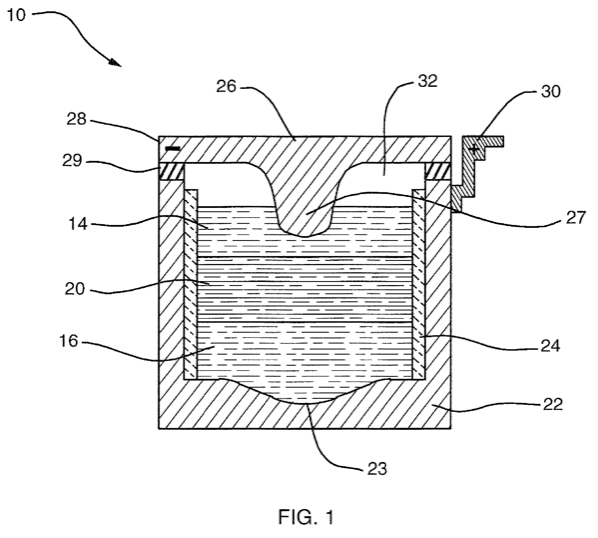ambri’s battery – has grid storage become sexy?
I am sure it is just coincidence but grid storage seems to be getting publicity of late. Just the other day there was Technology Review’s (TR)
article on Ambri and then yesterday The Globe and Mail ran an article regarding a Northland Power project for hydro storage. Each of these did mention three options for grid storage; hydro, batteries and flywheels. In the case of flywheels one remembers Beacon Power and their 2011 bankruptcy. The Globe did however draw our attention a new flywheel entrant, Temporal Power. Before running away on a tangent I did want to come back to Ambri and their grid battery.
Batteries seem to be technology’s Dr. Jekyll and Mr. Hyde. On the one hand they are instrumental to our lives, yet on the other hand they are a point of frustration, a bottleneck to the deployment of many technologies. For small amounts of energy storage we seem to have things worked out with all the Li-ion variants. But, for larger amounts of energy storage we seem to be at loose ends. There have been more promises than successes. It has long been my opinion that this latter genre of energy storage needs some fresh ideas. It was for this reason that the Ambri story was intriguing. In particular, the analogy of an electrolytic cell of Al refining caught my eye. A bit of digging brought US Patent 8,268,471 (‘471) to the surface.
The ‘471 patent issued to a trio of inventors, two of which were named in the TR article, and is assigned to MIT. Various aspects of the liquid metal battery are presented in the ‘471 patent. Figure 1 of ‘471 is reproduced below. In this figure we see molten metal layer 14, electrolyte 20 and metalloid layer 16; with layers 14 and 16 forming the negative and positive electrodes of the battery, respectively. The geometry, see description starting at col.7, ln.9, of the battery appears very simple and elegant. As pointed out in ‘471 and the TR article the battery systems operate at a temperature where the metals are liquid. It is further indicated that heat generated from current flow is one possible option for this elevated temperature. However, it cannot be the only one as there will be periods where the batteries are not charging or discharging and will want to cool. Heating alternatives are further discussed at col. 11, ln. 38-48 of ‘471.
While ’471 discloses aspects of the basic battery structure one can imagine that thermal management will be an important consideration going forward. It will also likely be an area of further IP. As with the other approaches for grid storage one will want to mitigate the energy required to operate and or maintain the system. To this end ensuring efficient operation will likely be a factor to adoption of grid storage. Let’s see who can go beyond Beacon Power’s ashes.



